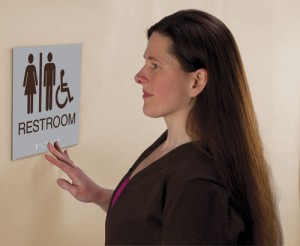 Easy access to facilities helps not only the people with disabilities, but also the establishments that serve them. Having clearly marked accessible parking spaces, ramps and accessible signage in general helps people with disabilities locate and gain access to your establishment and can benefit everyone. By providing people with the ability to access information on how to get to you and your services, they will be able to provide you with more business.
Easy access to facilities helps not only the people with disabilities, but also the establishments that serve them. Having clearly marked accessible parking spaces, ramps and accessible signage in general helps people with disabilities locate and gain access to your establishment and can benefit everyone. By providing people with the ability to access information on how to get to you and your services, they will be able to provide you with more business.
Here are some accessibility considerations and reasons why they are valuable to both establishment owners and people with disabilities:
Accessible Parking Spaces
These are parking spaces that are reserved for vehicles that are either driven by or are carrying people with disabilities. They are larger than standard parking spaces and are positioned closer to buildings. Accessible parking spaces may also have ramps near them, giving people with disabilities easier access to the building or establishment they are going to. They should be easily located with accessible signage that carries the International Symbol for Accessibility.
Ramps
Ramps allow for easier access to elevated areas of a building. They benefit not just people using a wheelchair but also anyone who needs to get to elevated areas of an establishment without having to use the stairs. Other people who may use a ramp include seniors, people who use a cane or a walker, anyone whose health issues imact stamina or agility, those with a temporary injury that effect mobility or stamina and people that have a child in a stroller.
.
Accessible Signage
Signs that are created to comply with disability legislation can benefit both people with and without visual disabilities. They have high contrast color themes that help people with low vision see them more clearly. Braille and tactile letters help people without vision to easily tell what is on a sign, and subsequently find out where they should go or what room the sign is identifying. And most of these strategies can benefit people with learning disabilities, those for whom English is a second language and anyone who has any level of vision loss due to aging.
The accessibility requirements that businesses need to consider in order to give people with visual disabilities easy access to their establishments are outlined in the AODA-IASR (Accessibility for Ontarians with Disabilities Act – Integrated Accessibility Standards Regulation.
About the Author
Ron Taylor is a blogger and an advocate for the rights and welfare of people with disabilities. He currently writes for the blog of SignCollection.com.
